Clouded Judgement 5.24.24 - Software Environment Remains Strained
Every week I’ll provide updates on the latest trends in cloud software companies. Follow along to stay up to date!
First Look at April Quarters
Heading in to this week, software earnings have not been good. This week, we got a first look at companies reporting with April quarter ends (so we got the benefit of one incremental month of data). Perhaps we’d see a positive shift? Unfortunately, that didn’t happen… The Workday earnings call summarized it well:
“But within the quarter, we experienced increased deal scrutiny as compared to prior quarters, and we are seeing customers committing to lower headcount levels on renewals compared to what we had expected. We expect these dynamics to persist in the near term, which is reflected in our revised FY '25 subscription revenue guidance. While we can't control the macro, we are focusing on what's in our control, and that is innovation, scaling our go-to-market and partner ecosystem and delivering customer value.”
In general, it’s still tough out there in software. The below chart shows the change in full year guidance from this quarter vs one quarter ago. As you can see, companies in general are not increasing their guidance (and when they are, it’s not by much). Some companies appear to be baking in a second half re-acceleration of their business, we’ll see which ones deliver!
Quarterly Reports Summary
Guidance for Snowflake and Workday are product rev and subscription rev, respectively. They don’t guide to total revenue
Top 10 EV / NTM Revenue Multiples
Top 10 Weekly Share Price Movement
Update on Multiples
SaaS businesses are generally valued on a multiple of their revenue - in most cases the projected revenue for the next 12 months. Revenue multiples are a shorthand valuation framework. Given most software companies are not profitable, or not generating meaningful FCF, it’s the only metric to compare the entire industry against. Even a DCF is riddled with long term assumptions. The promise of SaaS is that growth in the early years leads to profits in the mature years. Multiples shown below are calculated by taking the Enterprise Value (market cap + debt - cash) / NTM revenue.
Overall Stats:
Overall Median: 5.7x
Top 5 Median: 15.2x
10Y: 4.5%
Bucketed by Growth. In the buckets below I consider high growth >27% projected NTM growth (I had to update this, as there’s only 1 company projected to grow >30% after this quarter’s earnings), mid growth 15%-27% and low growth <15%
High Growth Median: 10.8x
Mid Growth Median: 7.9x
Low Growth Median: 3.8x
EV / NTM Rev / NTM Growth
The below chart shows the EV / NTM revenue multiple divided by NTM consensus growth expectations. So a company trading at 20x NTM revenue that is projected to grow 100% would be trading at 0.2x. The goal of this graph is to show how relatively cheap / expensive each stock is relative to their growth expectations
EV / NTM FCF
The line chart shows the median of all companies with a FCF multiple >0x and <100x. I created this subset to show companies where FCF is a relevant valuation metric.
Companies with negative NTM FCF are not listed on the chart
Scatter Plot of EV / NTM Rev Multiple vs NTM Rev Growth
How correlated is growth to valuation multiple?
Operating Metrics
Median NTM growth rate: 13%
Median LTM growth rate: 17%
Median Gross Margin: 75%
Median Operating Margin (10%)
Median FCF Margin: 13%
Median Net Retention: 110%
Median CAC Payback: 45 months
Median S&M % Revenue: 40%
Median R&D % Revenue: 25%
Median G&A % Revenue: 16%
Comps Output
Rule of 40 shows rev growth + FCF margin (both LTM and NTM for growth + margins). FCF calculated as Cash Flow from Operations - Capital Expenditures
GM Adjusted Payback is calculated as: (Previous Q S&M) / (Net New ARR in Q x Gross Margin) x 12 . It shows the number of months it takes for a SaaS business to payback their fully burdened CAC on a gross profit basis. Most public companies don’t report net new ARR, so I’m taking an implied ARR metric (quarterly subscription revenue x 4). Net new ARR is simply the ARR of the current quarter, minus the ARR of the previous quarter. Companies that do not disclose subscription rev have been left out of the analysis and are listed as NA.
Sources used in this post include Bloomberg, Pitchbook and company filings
The information presented in this newsletter is the opinion of the author and does not necessarily reflect the view of any other person or entity, including Altimeter Capital Management, LP ("Altimeter"). The information provided is believed to be from reliable sources but no liability is accepted for any inaccuracies. This is for information purposes and should not be construed as an investment recommendation. Past performance is no guarantee of future performance. Altimeter is an investment adviser registered with the U.S. Securities and Exchange Commission. Registration does not imply a certain level of skill or training.
This post and the information presented are intended for informational purposes only. The views expressed herein are the author’s alone and do not constitute an offer to sell, or a recommendation to purchase, or a solicitation of an offer to buy, any security, nor a recommendation for any investment product or service. While certain information contained herein has been obtained from sources believed to be reliable, neither the author nor any of his employers or their affiliates have independently verified this information, and its accuracy and completeness cannot be guaranteed. Accordingly, no representation or warranty, express or implied, is made as to, and no reliance should be placed on, the fairness, accuracy, timeliness or completeness of this information. The author and all employers and their affiliated persons assume no liability for this information and no obligation to update the information or analysis contained herein in the future.




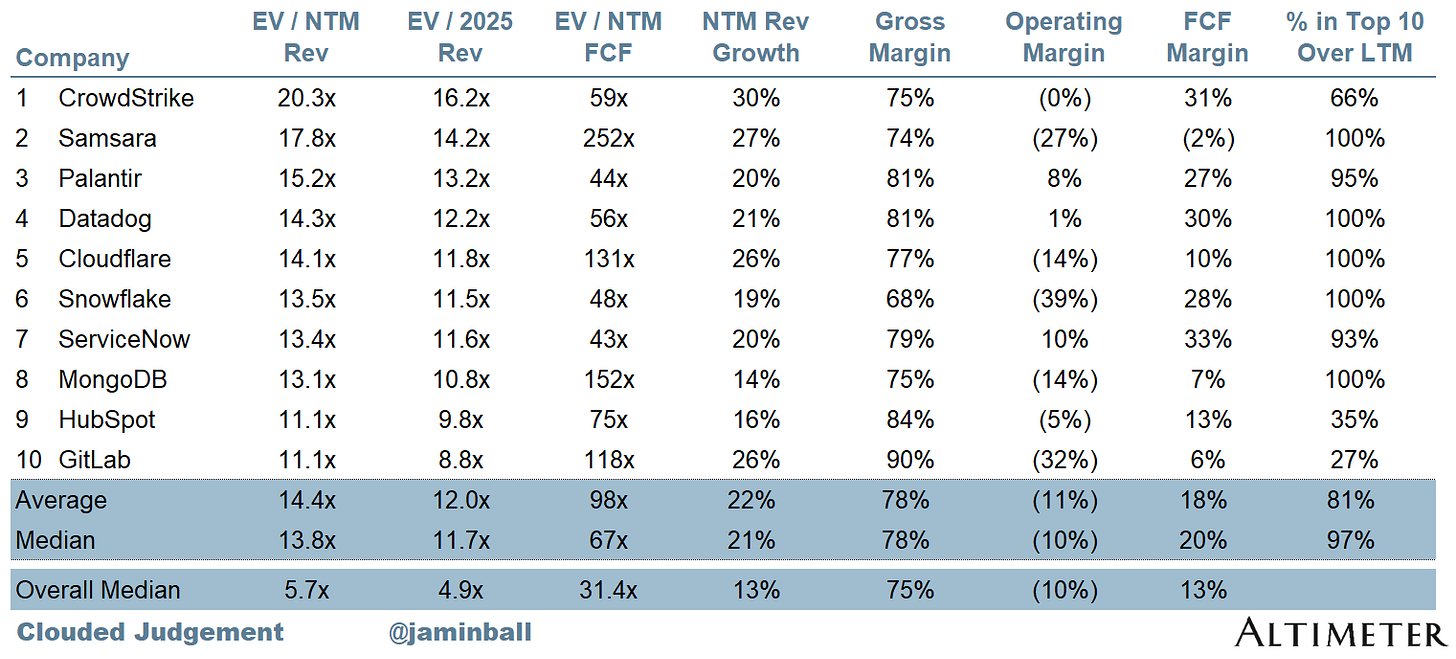
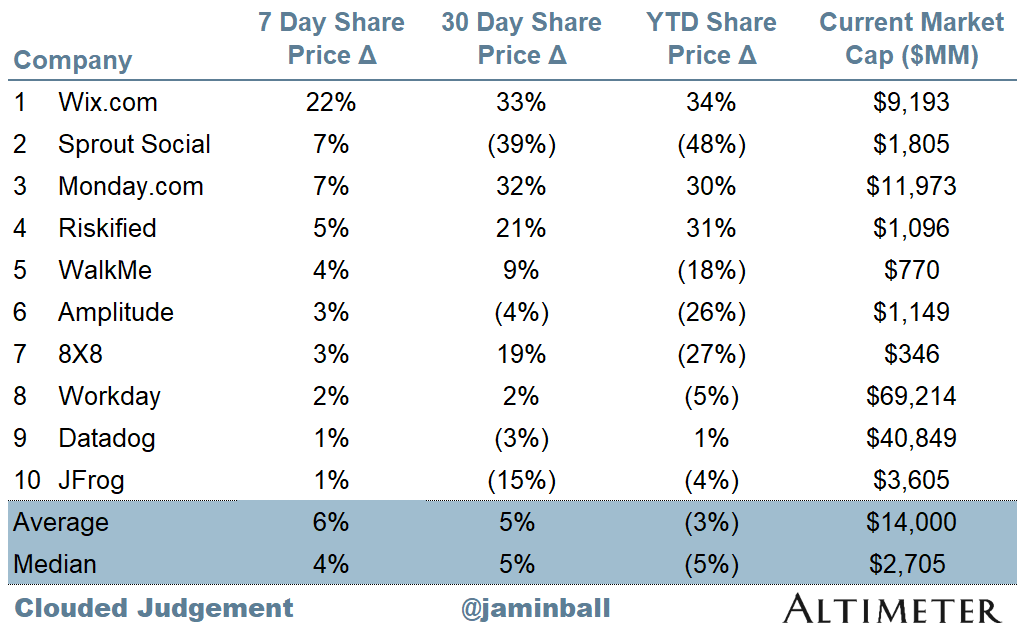


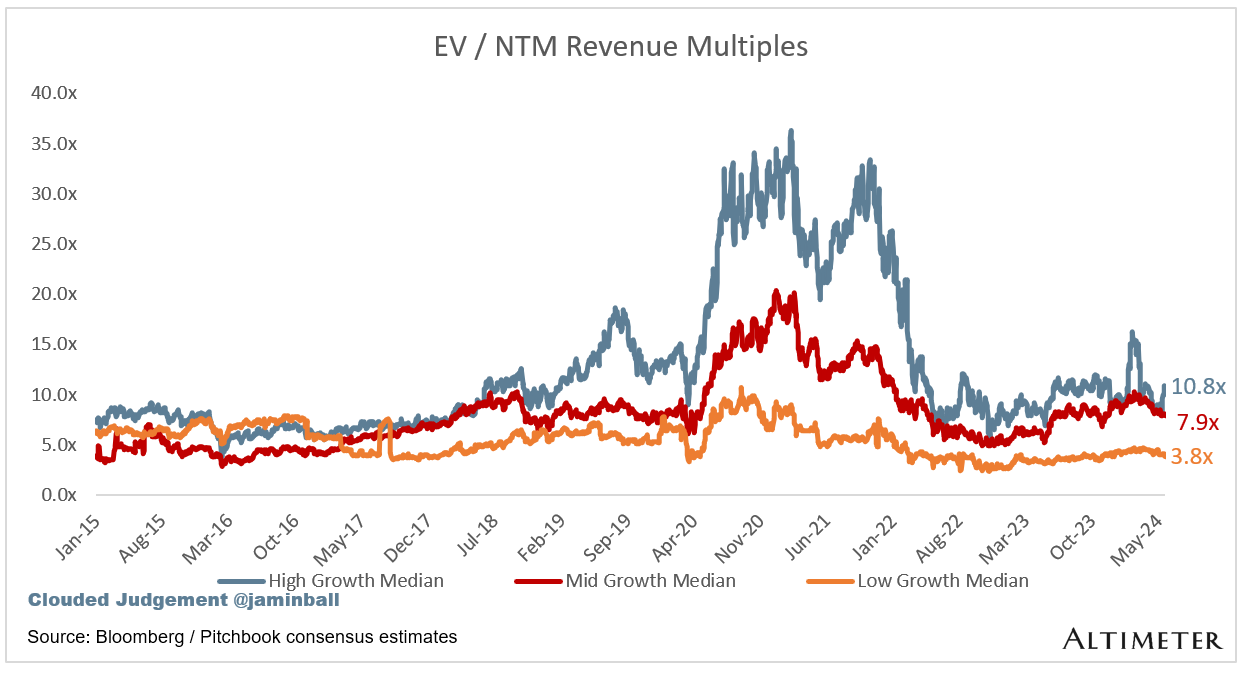




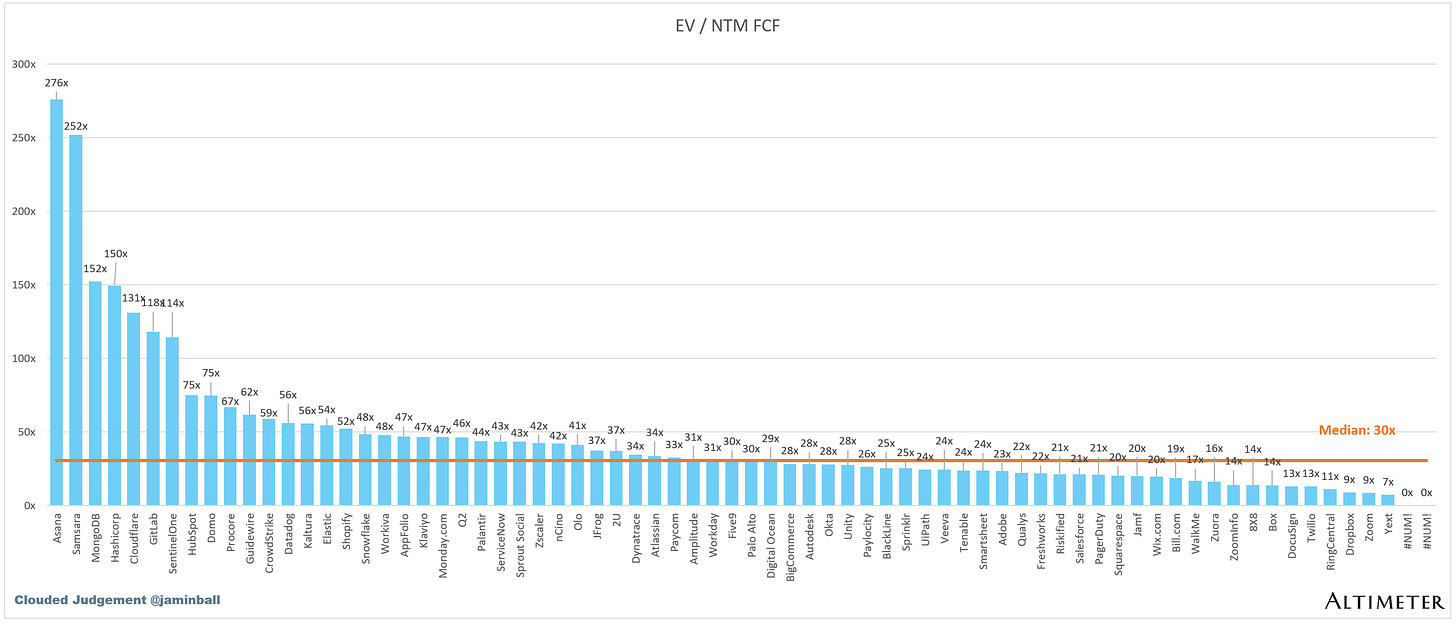

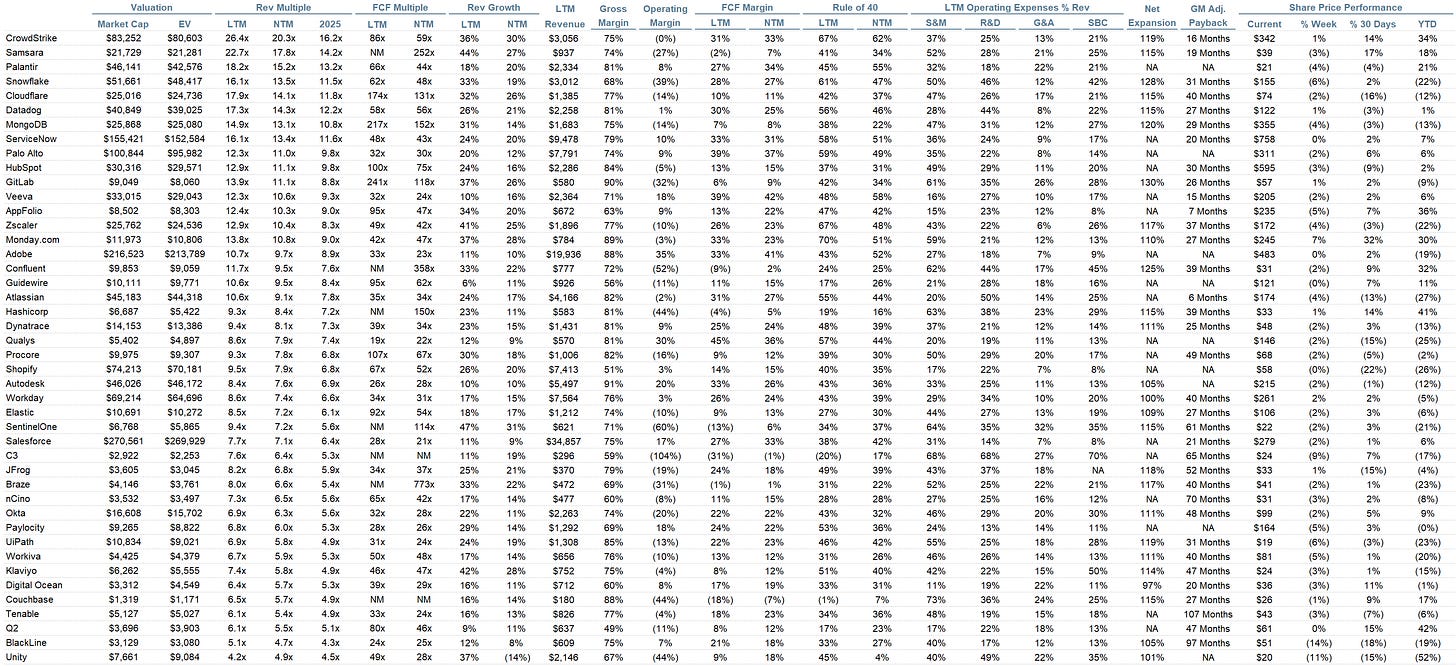

I really like the comparative chart of last quarter's guidance and this quarter's; it clearly shows the trends in IT spending. However, I have a small suggestion. Instead of using the median, wouldn't a weighted average better reflect the overall environment in this kind of chart?